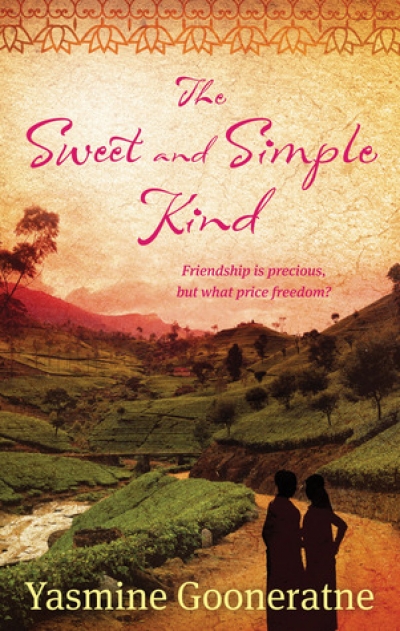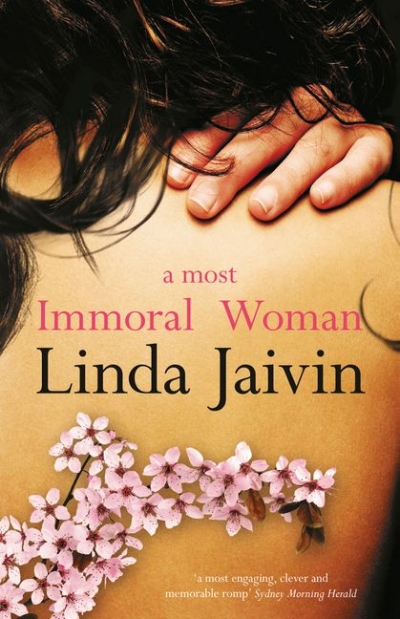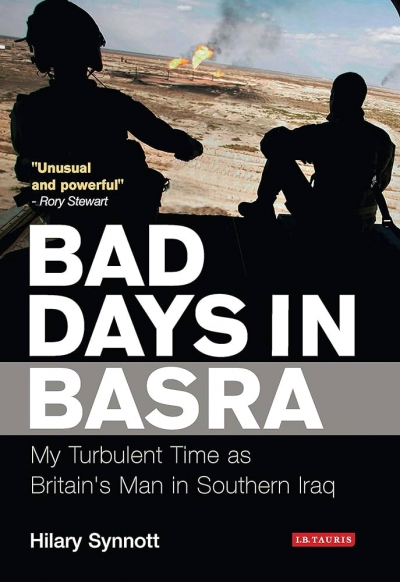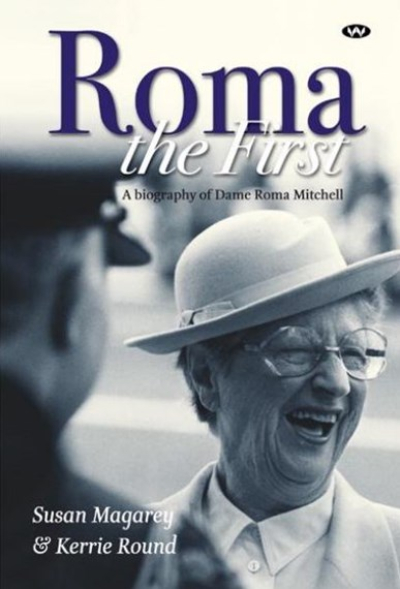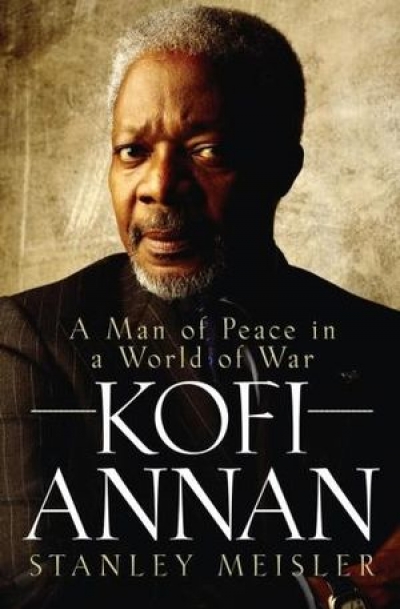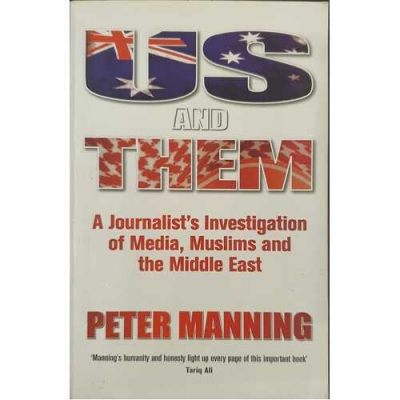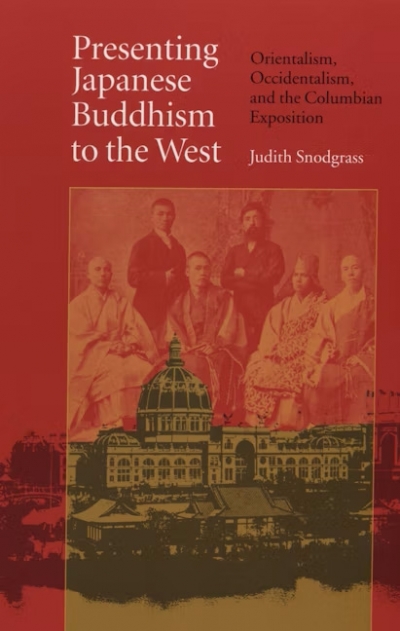Alison Broinowski
The Sweet and Simple Kind: A novel Of Sri Lanka by Yasmine Gooneratne
by Alison Broinowski •
Bad Days in Basra: My turbulent times as Britain’s man in southern Iraq by Hilary Synnott
by Alison Broinowski •
Roma the First: A biography of Dame Roma Mitchell by Susan Magarey and Kerry Round
by Alison Broinowski •
Kofi Annan: A man of peace in a world of war by Stanley Meisler
by Alison Broinowski •
Us and Them: A journalist’s investigation of media, Muslims and the Middle East by Peter Manning
by Alison Broinowski •
Presenting Japanese Buddhism to the West: Orientalism, Occidentalism and the Columbian Exposition by Judith Snodgrass
by Alison Broinowski •
The Third Try by Alison Broinowski and James Wilkinson & Australian and US Military Cooperation by Christopher Hubbard
by Daniel Flitton •


